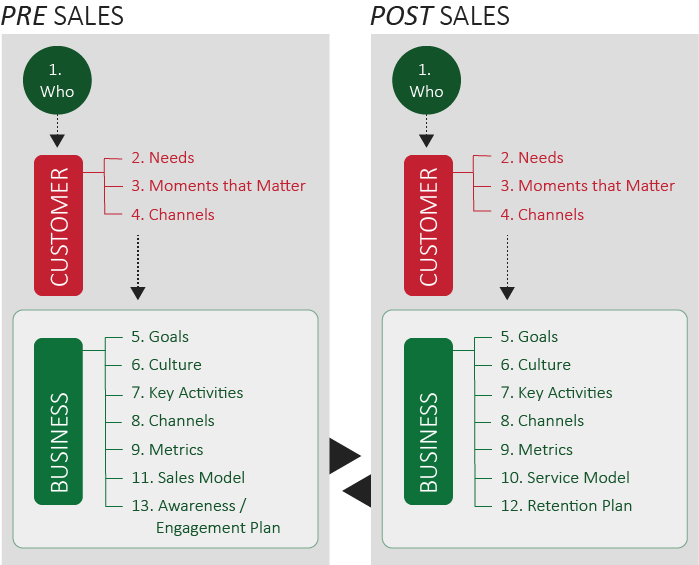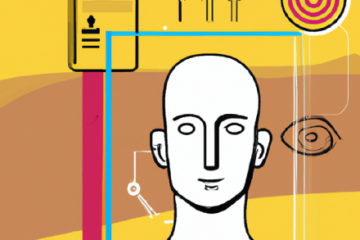CX Strategy Cheat-Sheet – Let’s Get Our Hands Dirty!
CX Strategy Cheat-Sheet – Let’s Get Our Hands Dirty!

“We have a vision. All we lack is a strategy!” – Almost every CXO…
This is something we come across every second day. Almost every meeting we get in, this is a constant plea from the other end of the table. Companies invest millions of dollars behind such CX initiatives without a clear strategy and experience imperatives.
It’s not about capturing customer emotions whenever possible, it’s about capturing the right emotions at the right touchpoints to get insights that actually make a difference. It is rightfully said that CX is not rocket science, it’s more complicated! But what if I told you that, you can build this rocket right from your cubicle? Continue down this article and we’ll share with you the ultimate cheat-sheet for designing the ultimate CX strategy.
What is a CX strategy?
Forrester defines CX strategy as ‘A plan that guides the activities and resource allocation required to deliver intended experiences that meet or exceed customer expectations in accordance with the goals of the organization’
This broadly classifies a CX strategy across 3 buckets:
1. Flow from overarching business goals
2. Guiding the activities and investments of the organization and
3. Address the delta between customer experience and internal capabilities.
But, wait! Are you ready to embark upon your journey of CX excellence?
The most important step before designing a strategy is aligning the key stakeholders internally. Internal CX readiness is the first step towards building the business case for CX. As a CX professional it is your responsibility to ensure alignment of your CX roadmap with your business priorities. You may wish to achieve one milestone but the other may actually be beneficial to your organization.
The biggest roadblock to any CX initiative is cross-functional collaboration. A culture driven by data sharing and data transparency ensures one-view of the customers across all journeys.
Rolling-up the sleeves:
There is no denial of the fact that CX is not a one-team project. Ownership of the customer flows across the organization and engaging your employees is one of the many initial steps that drive CX excellence. Imagine the kind of insights your front-line agents have! Your customers may shy away from giving you quality insights, your employees will always have tales to tell.
And most importantly, all decisions made in the organization should be made with a customer-first approach to enable a centralised view of operational data, thereby building a data culture. Take the CX readiness assessment for your organization here before you move on to the cheat-sheet.
The CX strategy cheat-sheet:
The cheat-sheet is divided into 13 stages. Following these stages diligently will get you 80% closer to your end-goal. The remaining 20% of course, depends on your ability to execute.
Stage 1: Who is your customer?
This stage goes beyond identifying the demographics of your customers and encapsulates the understanding of your customers’ behavioural traits.
Stage 2: Identifying customer needs
What do your customers actually need? What is the problem statement that you are addressing? Customer needs differ both before sales and after-sales.
Stage 3: Moments that matter
These are ideally the touchpoints that make or break a purchase decision. These can range from website visits to in-store experiences, post-sales services and customer query redressal processes.
Stage 4: What channels do your customers use?
65% of customers start their purchase journey on mobile and 38% complete their journey offline. There are multiple channels that customers adopt during the entire pre-purchase and post-purchase journeys.
Stage 5: Aligning business goals
Having mapped the customer portfolio, it’s time to align the business goals to the customer insights. It’s best to create a clear demarcation between the pre-sales and post-sales objectives.
Stage 6: Re-culturing the organization
Organizations need to move beyond the business-first approach to the customer-first approach. This requires a radical change in the organizational thinking and ownership of the customers’ queries.
Stage 7: Key activities and Initiatives
What are the key initiatives that you as an organization would like to take in order to engage your customers? The idea is to convert your prospective clients and re-converting your existing clients. Giving them always more than what they expect will certainly help.
Stage 8: Channels you prefer
Your customers may be browsing through products on micro-commerce sites like Instagram, but is it your strategic direction to divest your resources? Do you believe you can get enough ROI from channels that may boom seasonally? If yes, then what is the channel strategy and if no, then what is your next best option?
Stage 9: Metrics and KPIs
What was your key focus area before implementing this strategy? If you have the answer, you need to then think of the metrics that best paint this picture. For example: if you wish to understand the referenceability of your customers, the best metric to track is the NPS® or Net Promoter Score®. However, if you only wish to know if your customers are happy with you and do not really care about customer retention, then CSAT is the way to go.
Stage 10: Service Model
Your customers have made their purchase decisions. How do you intend to service them now? Do you have a service model that is well optimised? Running a six sigma on the service delivery practices can actually help in creating a delightful experience for your customers.
Stage 11: Sales Model
The reason why this is in the latter half of the list is that your sales approach needs to be fresh. Your customers are dynamically changing and so is their buying behaviour. What worked 2 years ago will not work today. Gone are the days when sales were all about meetings and sales pitches. Today, it’s all about social selling and probably in the coming years will directionally shift towards network-based selling.
Stage 12: Retention Plan
Do you a plan to make your customers renew their services, buy more from you or even be a loyalist to your brand for their needs? The best way to move around this to create an engaging community where like-minded individuals such as your clients can come together and discuss their purchase decisions. The more they communicate, the more they get influenced by their peers. However, this retention strategy may be completely different for your line of business.
Stage 13: And finally, Awareness/Engagement Plan
While this is fairly similar to the retention plan, this stage is more beneficial to your prospects and fickle-minded customers that are about to enter the buying journey. Based on the AIDA model, these are customers still in the attention/awareness stage. How would you engage with your customers at this stage? Probably running a contest of sorts may help you create the buzz!
While we are spilling the secrets of what has helped most of the clients become the biggest brands through their CX initiatives, there is no denial of the fact that this is where they all started. Finding it difficult to get this in action? Connect with us today and we’ll help you create one for your organization!
To help you assess the readiness of your CX initiatives, experts at LitmusWorld and The Positivity Company have carefully designed a CX Maturity Assessment. This will help you understand where you currently are and where you want to be through our CX Maturity Roadmap guide.
Take the CX Maturity Assessment →

